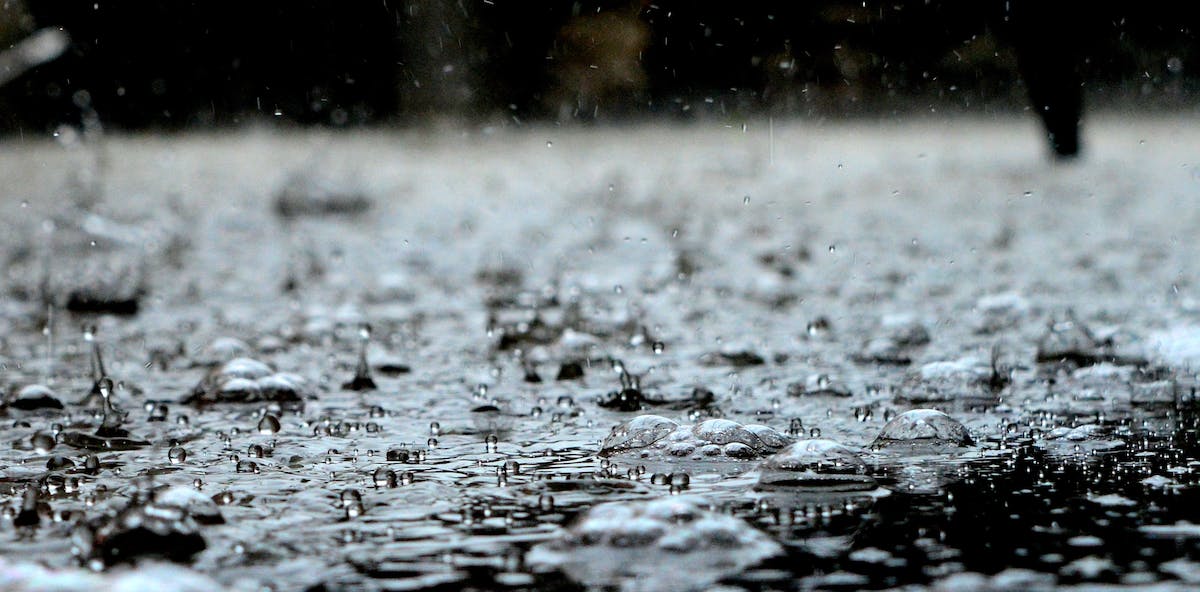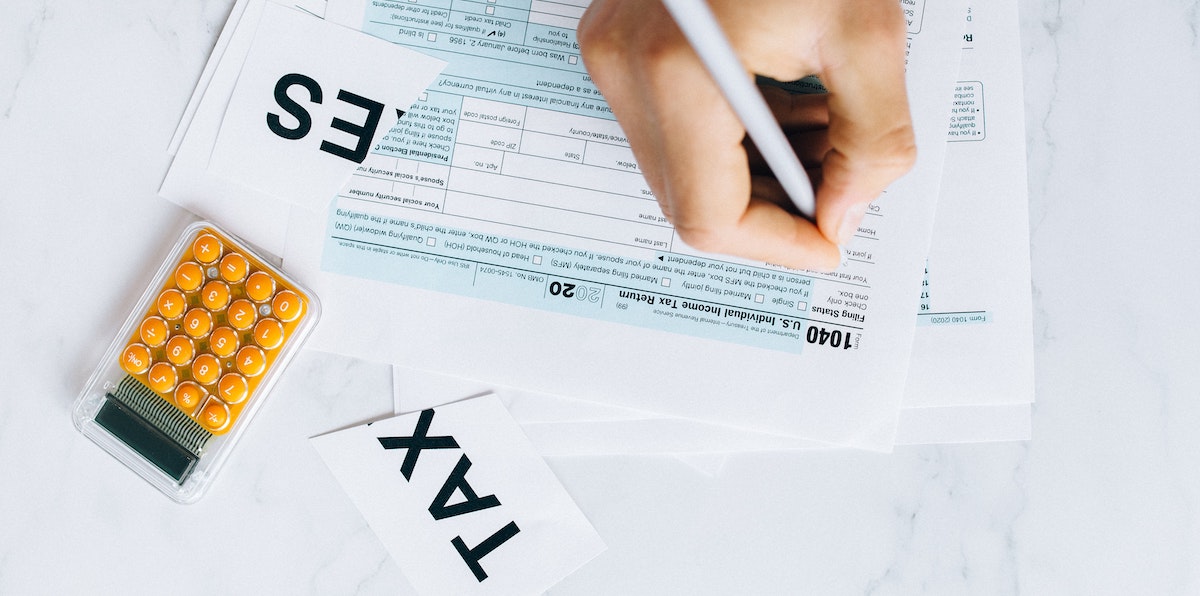Property Management
What Landlords Should Know About Flood Damage (And How To Reduce Risk)
Last Updated Jun 14, 2023


Table Of Contents
- Does landlords insurance cover damage from floods?
- Will federal disaster payments cover flood damage to my rental homes?
- What happens to a lease agreement if my rental home floods?
- Am I responsible for paying relocation costs for tenants if my rental property floods?
- How much does it cost to restore a home after water damage from a flood?
- How can I minimize the financial risk of flood damage in my rental home?
- How Belong makes it easier to protect your rental home from damage and disaster
Flood is the most common natural disaster and the most expensive when it comes to damaging a home.
According to FEMA, one inch of floodwater can cause up to $25,000 in damage to a home. That’s a big cost to wear for the unprepared, especially in a rental home that should be earning you money, not losing it.
All landlords need to ensure their rental home is in a liveable condition. After a flood, that could mean arranging for urgent repairs or ending the lease. If you’re uninsured, that means wearing this cost yourself. Flood insurance is not included in standard homeowners or landlords insurance policies, leaving you exposed to expensive risk unless you take action.
This article will look at ways homeowners can mitigate and recover from the financial risk of flood damage to a rental home.
Contents:
- Does landlords insurance cover damage caused by floods?
- Will federal disaster payments cover flood damage to my rental homes?
- What happens to a lease agreement if my rental home floods?
- Am I responsible for paying relocation costs for tenants if my rental property floods?
- How much does it cost to restore a home after water damage from a flood?
- How can I minimize the financial risk of flood damage in my rental home?
Disclaimer: We’re on a mission to upend and redefine the traditional landlord-tenant relationship, so we refer to members in our network as homeowners and residents. That said, this article is for people who are looking for answers with more common industry terms like ‘landlords’ and ‘tenants’, so in some instances we have had to stick to the old moniker for owners of rental homes. This article provides a guide for homeowners, but should not replace legal or financial advice. Natural disasters create emotional and unique situations, so speak to a professional about your exact situation in the event of a flood or storm.
Does landlords insurance cover damage from floods?
Flood insurance is not standard in most policies. Even if you have landlord insurance to cover a tenant-occupied home, there’s a good chance you’re not covered for floods unless you request it.
There are two ways to get covered with flood insurance. The first is to opt for coverage in your own private landlord policy. The other is to join FEMA's national program. A policy from the National Flood Insurance Program (NFIP) will protect the following items in a rental property:
- Electrical and plumbing systems
- Furnaces and water heaters
- Refrigerators, cooking stoves, and built-in appliances like dishwashers
- Permanently installed carpeting
- Permanently installed cabinets, paneling, and bookcases
- Window blinds
- Foundation walls, anchorage systems, and staircases
- Detached garages
- Fuel tanks, well water tanks and pumps, and solar energy equipment
If you have flood coverage with FEMA, this will cover for flood-related loss only. It won’t cover water damage unrelated to a natural disaster, such as burst pipes. There’s also no coverage for financial loss on an unlivable rental. For these reasons it’s a good idea to combine flood insurance with a robust landlord insurance policy for total peace of mind.
Unless you have a furnished property, you won’t need to opt for a contents policy. Residents in your rental home need to have their own coverage to protect their belongings. This is why Belong insists that everyone in our network has insurance coverage for peace of mind and financial security.
Will federal disaster payments cover flood damage to my rental homes?
If the President declares a federal disaster after a flood or storm, you may be eligible for financial help for your rental home. This could be a loan (which must be repaid) or a FEMA disaster grant.
The average payout from a disaster grant is about $5,000 per household — not even close to what you’ll need to rebuild or make significant repairs to the home. A flood insurance payout will cover your individual claim based on the policy held and won’t need to be repaid.
What happens to a lease agreement if my rental home floods?
After a flood, you will be responsible for restoring the home to a livable condition. Your residents will continue to owe rent, but you may need to negotiate a rent pause or reduction while repairs are happening.
If the home is not in a habitable condition, either you or the resident can end the lease with notice. You won’t be able to collect rent from the time the home was deemed uninhabitable, until repairs have been made.
In the instance of severe property damage or total loss of the home, the lease will end immediately as the home will no longer be fit for use as a rental. You will have approximately 21 days to return the security deposit and any rent that has been paid in advance.
Am I responsible for paying relocation costs for tenants if my rental property floods?
This question often comes up after a flood or major storm because the residents will often need to move out after a flood.
Most state laws, including Washington and California, stipulate that landlords are not required to pay relocation costs if their home is damaged by:
- The tenant
- A third party
- As a result of a natural disaster
Hurricane and storm damage are natural disasters. In these instances, you won’t need to front up costs to move the resident out while repairs happen.
Landlord negligence is a different story. Say for example you were notified of faulty plumbing and you didn't have it fixed. If a major pipe burst and flooded the home, you could be liable. In a scenario like this, seek advice from a lawyer immediately. The resident may pursue legal action to recover damages and relocation costs.
It's also worth noting that some lease agreements have specific clauses on relocation costs, so check the fine print. If your agreement includes relocation or accommodation for natural disasters, residents will be able to ask you to cover these costs.
How much does it cost to restore a home after water damage from a flood?
The average cost of restoring a rental home after a flood depends on how bad the water damage is. Water damage falls into four classifications, 1 being a minor leak (like a toilet overflowing) to 4 for damage caused by a hurricane or major disasters. Most flood damage will fall somewhere between classes 2 and 4, with Forbes Home listing these average costs:
Average cost to fix ‘Class 2’ Water Damage: $550 - $1,000
If a whole room is damaged, it is classified as Class 2 Water Damage. This may be a simple cleanup but requires professional help to fix the walls and possible flooring damage.
Average cost to fix ‘Class 3’ Water Damage: $1,100 - $3,200
If water damage is extensive in one room or spread to a few rooms, this is classified as Class 3 Water Damage and could cost a couple of thousand dollars to fix. This could include fixes to ceilings, walls and flooring and could be cost per-room depending on the extent of the damage.
Average cost to fix ‘Class 4’ Water Damage: $20,000 - $100,000
Flooding from a natural disaster such as a storm or hurricane is likely to cause the worst damage, which is Class 4 Water Damage. When water spreads quickly through the home it can require extensive repairs and replacement of furnishings.
Other factors that can impact the cost of cleanup from a flood is the type of water creating the issue. If flood water brings in water from rivers, groundwater or even sewerage, this is known as ‘black water’ cleanup. Unlike clean water sources (such as a pipe leak or ice melting), there’s a high risk of bacteria and contamination that needs to be considered.
How can I minimize the financial risk of flood damage in my rental home?
If you own a home in an area at risk of flooding, storms, or hurricanes — flood mitigation should be a priority. But flood damage can occur in any rental property. On average, 40% of the NFIP flood insurance claims occur outside high-risk flood areas.
To protect you, your rental home and residents from flood, all landlords should consider the following risk-reducing tips:
- Take out a landlords’ insurance policy with coverage for flood or opt for coverage with the NFIP. Document details of your property and all owned fixtures and appliances to make any claims easier.
- Ask residents to take out their own renters insurance policy to protect their belongings and cover them in the event of disaster.
- Install a smart water sensor that alerts of leaks to avoid flooding and excessive damage to your home
- Some states such as Washington state need written notice of emergency plans under landlord-tenant law. Regardless, you should provide a map of evacuation routes and local emergency service details to help residents. Head to ready.gov/floods for more information.
- When updating your rental home, consider cost-effective ways to reduce water damage. E.g using tile flooring over carpet and elevating electrical outlets and appliances. Flood-resistant insulation and drywall can also costs and is easily cleaned and sanitized.
- Get rid of standing water as soon as possible. The longer water sits in a home, the greater the risk of unhealthy bacteria and damage from mold and mildew. It’s unlawful to rent out a home with mold damage in many areas, including California, so you want to do what you can to stop it in its tracks.
- If you have a basement, consider flood-mitigation measures such as waterproofing or installing a sump pump to remove water.
How Belong makes it easier to protect your rental home from damage and disaster
Your rental home is an important financial asset that is worth protecting. Whether you’re self-managing a rental home or having your home loved by Belong, we make insurance one less thing to think about.
With the option to build in the right Rental Home Insurance coverage for what you need, Belong will have your home protected in minutes. You'll also get the option to pay upfront or split the costs over your lease.
It's one of the many ways Belong is making it easier than ever for individuals to achieve financial freedom with a rental home.
To learn more about how Belong is simplifying the rental experience, visit our homeowner's page and find out more about services in places like Seattle, San Diego, Miami, Tampa, and many many more.
About The Author
Melanie Kershaw
Mel Kershaw is a Content Lead at Belong. With an extensive background working with technology companies including Eventbrite and Yelp, she’s always looking for ways to create educational and informative articles that simplifies tech and solves problems for her audience.




